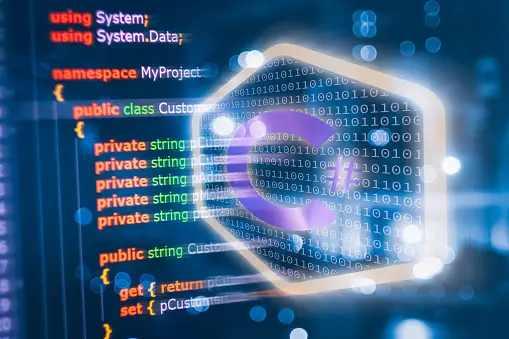
Decoding Coding Cultures: The Interplay of Language in Programming Communities
In the ever-evolving landscape of technology, programming communities stand as vibrant ecosystems where language, both programming and spoken, plays a pivotal role in shaping cultures, fostering collaboration, and driving innovation. This article delves into "Coding Cultures," exploring how language influences dynamics within programming communities and the profound impact it has on the development and evolution of software engineering practices. Join me as we unravel the complexities of coding cultures and the diverse linguistic landscapes that define them.
Understanding Coding Cultures: Language as a Key Component
Programming communities are characterized by their unique cultures, which encompass shared values, norms, and communication patterns. At the heart of these cultures lies language—both the programming languages used to write code and the spoken languages spoken by community members. By examining the interplay between these linguistic elements, we gain valuable insights into the fabric of coding cultures and the dynamics that shape them.
1. Programming Languages: The Building Blocks of Coding Cultures
Diverse Linguistic Frameworks:
- Expressive Power: Different programming languages offer varying degrees of expressiveness, influencing developers' approaches to problem-solving and code implementation.
- Community Preferences: Programming communities often gravitate towards specific languages based on factors such as performance, ease of use, and community support, shaping the linguistic landscape of the community.
Cultural Signifiers:
- Language Idioms and Conventions: Each programming language has its own set of idioms, conventions, and best practices, serving as cultural signifiers that reflect the values and norms of the community.
- Code Readability: The readability of code, influenced by language syntax and conventions, impacts collaboration and knowledge sharing within programming communities.
2. Spoken Language Dynamics: Communication and Collaboration
Community Interaction:
- Online Forums and Platforms: Spoken language is essential for communication on online forums, mailing lists, and chat platforms where developers seek help, share knowledge, and engage in discussions.
- Conference and Meetup Culture: Spoken language facilitates collaboration and networking at conferences, meetups, and hackathons, providing opportunities for learning and community building.
Linguistic Diversity:
- Global Communities: Programming communities are diverse, comprising members from around the world who speak different languages and dialects, enriching the cultural tapestry of the community.
- Language Barrier Challenges: Language differences can pose challenges for communication and collaboration, necessitating strategies such as language localization and translation services.
3. Cultural Norms and Practices: Shaping Coding Communities
Community Values:
- Open Source Culture: Many programming communities embrace open source principles, fostering a culture of collaboration, transparency, and shared ownership of code and projects.
- Inclusivity and Diversity: Cultivating inclusive environments where individuals from diverse backgrounds feel welcome and valued is essential for building vibrant and resilient coding communities.
Collaboration Patterns:
- Pair Programming: Spoken language plays a crucial role in pair programming sessions, where developers collaborate in real-time, sharing ideas, insights, and expertise to solve problems together.
- Code Reviews and Feedback: Effective communication in spoken language is essential for providing constructive feedback and facilitating code reviews, contributing to code quality and knowledge sharing.
4. Evolution and Innovation: Adapting to Linguistic Trends
Language Evolution:
- Emerging Technologies: The introduction of new programming languages and frameworks reflects evolving technological trends and paradigms, shaping the future direction of coding cultures.
- Language Communities: Language communities play a vital role in driving innovation and knowledge dissemination through conferences, online forums, and collaborative projects.
Adaptation Strategies:
- Continuous Learning: Staying abreast of linguistic trends and advancements in programming languages is essential for developers to remain competitive and innovative in coding communities.
- Community Engagement: Active participation in coding communities fosters learning, networking, and professional growth, enabling developers to contribute to and benefit from the collective knowledge of the community.
Navigating the Linguistic Landscape of Coding Cultures
1. Language Awareness: Understanding the nuances of programming languages and spoken language dynamics within coding communities is essential for effective communication and collaboration.
2. Cultural Sensitivity: Embracing diversity and inclusivity fosters vibrant and resilient coding communities where individuals from diverse backgrounds can thrive and contribute.
3. Continuous Learning: Adapting to linguistic trends and technological advancements empowers developers to innovate and drive progress within coding cultures.
Conclusion: Unleashing the Potential of Coding Cultures
In the dynamic world of programming communities, language serves as a cornerstone that shapes cultures, facilitates collaboration, and drives innovation. By embracing the diversity of programming languages and spoken languages within coding communities, we unlock new possibilities for creativity, learning, and advancement in software engineering practices.